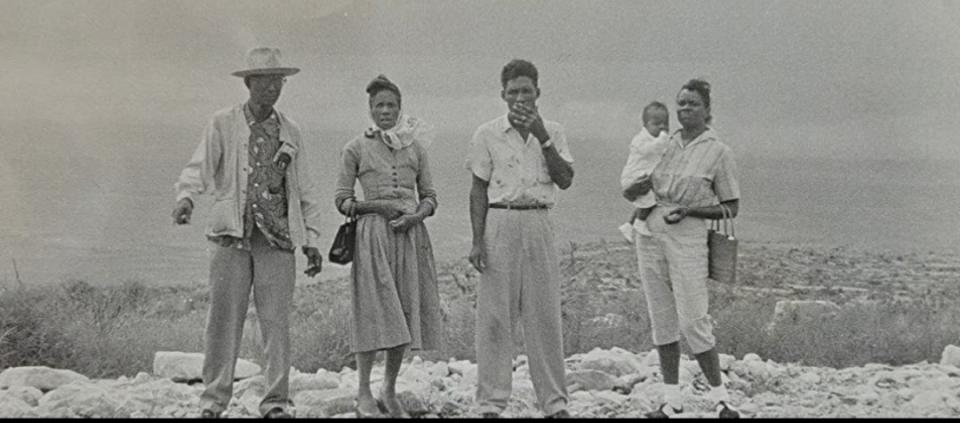New Orleans historian weighs in on the Great Migration and the beginning of a migration reversal
NEW ORLEANS (WGNO) — Kathe Hambrick is the executive director of the Amistad Research Center, a repository of priceless material that specializes in race, ethnicity and social justice.
Hambrick knows a great deal, both as a historian and personally about the brilliant history of Black Americans.
“The Great Migration was from 1910 and 1970. It led to over six million African Americans leaving the South as they went to major metropolitan areas. There were trends. Louisiana and Texas families, at large, went west to Los Angeles, Oakland and San Francisco. Families from Mississippi generally found themselves up north, in Chicago. The other southern states generally found themselves moving up north to cities such as New York, New Jersey and other cities like Washington D.C. People migrated from the South to get away from the racial discrimination and racial violence. They went north, looking for jobs connected with the Industrial revolution,” explains Hambrick.
New Orleans restaurant serves up tej, Ethiopian honey wine
Recently, The Brookings Institution, a nonprofit organization, conducted research about a unique reversal of the Great Migration. Brookings examined the U.S. Census Bureau and found that over the last 50 years, African Americans have been moving steadily from major cities in the north and out west to major southern cities such as Houston, Atlanta and New Orleans.
Dean Smartt is originally from Brooklyn, New York and now calls New Orleans home and says, “I was looking for a change. I was looking for a place with a better cost of living to give myself a better quality of life. I wanted more space and the housing market in New York was crazy! Everything was overpriced.”
Patricia Cato-Young is originally from San Diego, California and now temporarily calls Houston, Texas home and says, “You feel like you will be able to get more for your salary. You have more opportunities to buy a house and live a lifestyle that allows for social freedom.”
According to The Brookings Institution research, in the 1900s, about 90 percent of the United States’ population of Black Americans lived in the South. By around 1970, it was closer to 50 percent. Contemporarily, around 60 percent of the Black population is living in southern metro areas and the numbers are growing.
The Brookings Institution found that the largest numbers are being seen among college graduates within the range of 18 to 34 years old.
Chimp Haven: Promoting diversity in the field of veterinary science
“We’ve been drilled into our minds that the American dream is to own a house. However, in California, a 60,000 salary puts you below poverty level in major cities,” explains Cato-Young.
“These days, I found myself with a circle of transplants like me. Most of my friends here in New Orleans are either from the Northeast or the West coast,” explains Smartt.
As populations shift, the demographics in culture, race and politics sometimes shift as well. Atlanta has the 13th largest population of African Americans, and by 2010, its Black population is 40 times greater than Chicago. Atlanta now has the second highest Black population in the country.
In the 2020 United States presidential election, many fingers pointed to the swelling of the Atlanta metro-area population as being the reason why Democrats won the state of Georgia when it was next to impossible in recent years.
Hambrick talks about the earlier migration and sees similar themes which reasons why people move about. Hambrick believes that no matter the time period, human migration is a story of people hoping to establish a place in the sun for better opportunities.
In 1958, Hambrick’s family was migrating from Louisiana to Los Angeles. They managed to take a picture by the Grand Canyon, where Hambrick is a baby. Her family would take many trips to California and bring other family members with them, from Louisiana to establish themselves. However, now Kathe Hambrick, lives once again in New Orleans.
Stay up to date with the latest news, weather and sports by downloading the WGNO app on the Apple or Google Play stores and by subscribing to the WGNO newsletter.
Latest Posts
Iris Apfel, fashion icon known for her eye-catching style, dies at 102
Education Department launching an investigation into death of Nex Benedict
Plaque dedicated to three children who died in Mississippi River unveiled
Historic night spot, Dew Drop Inn, reopens with major renovations
For the latest news, weather, sports, and streaming video, head to WGNO.



